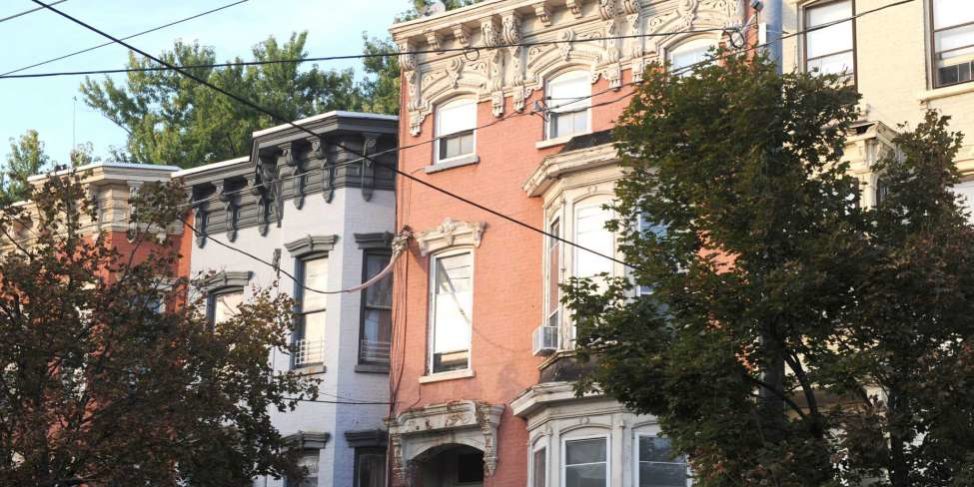Redlining in Arbor Hill
By David Hochfelder, Director, Public History Program SUNY Albany
A 2016 study by the Urban Institute and Brookings Institution found that the household wealth of a typical white family ($171,000) was ten times that of a typical African American family ($17,150). A major reason for this is the huge gap in homeownership between the two groups. About 74% of white families own their homes, whereas only 44% of black families do.
This disparity became part of federal policy during the Great Depression. As the Depression wore on, the construction industry ground to a halt. One of President Franklin Roosevelt’s top priorities was jump-starting housing construction. In 1934, he set up the Federal Housing Administration (FHA), which guaranteed bank mortgages—so long as the homes and borrowers met FHA’s appraisal standards. This rejuvenated the housing construction industry and led to a vast increase in the rate of home ownership among white families, particularly after World War II. However, black families did not enjoy increased access to home ownership.
In the late 1930s, FHA sent agents into about 250 cities around the country. They consulted with local realtors and bankers about the desirability and riskiness of neighborhoods. Together, they drew up maps that graded cities into four categories of risk: areas colored in green were the “best,” blue areas were “still desirable,” yellow areas were “definitely declining,” and red areas were “hazardous.”
In Albany, local bankers and realtors met with federal officials twice. In 1936, they drew up a draft redlining map on a map given out to shoppers at Lodge’s department store on N. Pearl St. The area where the Harriet and Stephen Myers Residence is located was in area 4. They described the area as “largely old one to three family row houses inhabited by Poles, Irish and, on both Second and Third Streets, by Negroes….Because of the Negroes in the north and part-time occupancy by State employees in the south, this section is definitely declining.”
In 1938, FHA and local bankers and realtors drew up a final version of Albany’s redlining map. The Myers residence fell within area D2, described as some of the poorest streets in the city. Most of the city’s Negro population reside in the northeastern portion of this section. Many of the two family houses now contain three units by use of the basement as a separate flat. Ten Broeck Street was once a very good residential street, but is now entirely given over to rooming houses and small apartments; of questionable repute.
Although the practice of redlining has been illegal since the 1970s, it was accepted practice for two generations. Redlining made it much harder for families of color to buy homes in decent neighborhoods and to build family wealth through home ownership. And discriminatory lending still takes place. In 2019, giant mortgage lender Wells-Fargo settled a suit with the City of Philadelphia for $10 million. The city found that the bank steered “African-American and Latino borrowers towards high-cost or high-risk loans even where those borrowers’ credit permitted them to obtain more advantageous loans.”


